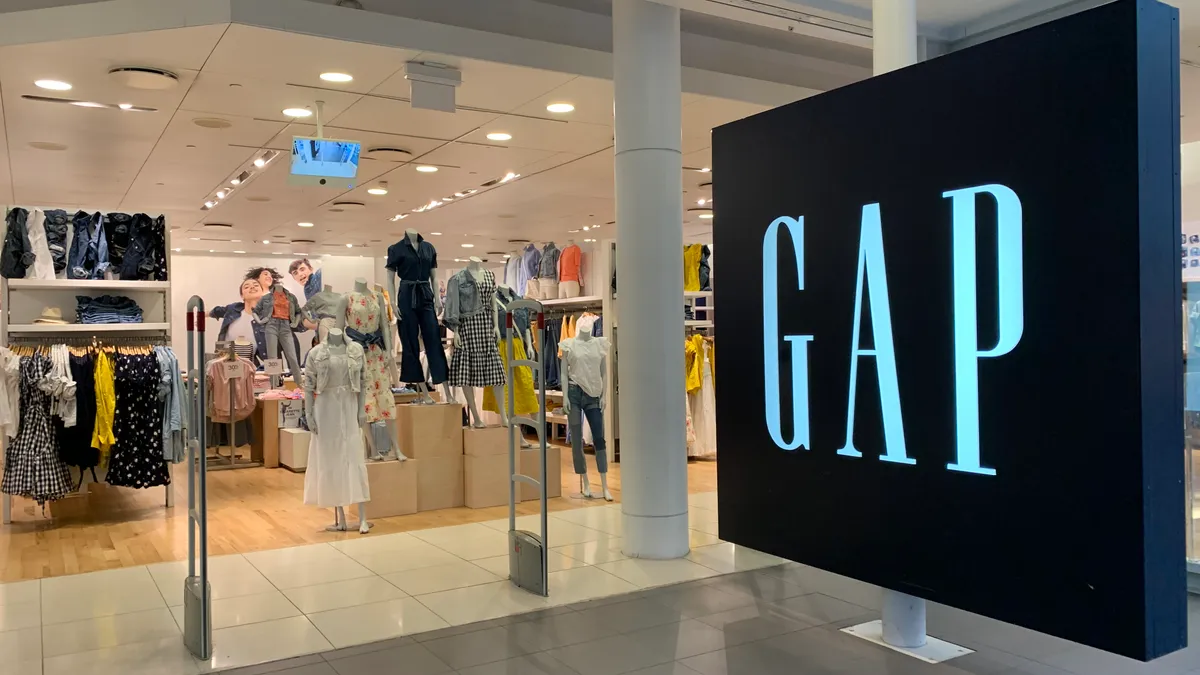Dive Brief:
- Gap Inc. is designing a delivery fulfillment system based on customer loyalty, prioritizing its "most valuable lifetime" customers, according to the company’s latest earnings call.
- Under the system, delivery speeds will be tiered as gold, silver and bronze, "to optimize the speed of delivery fulfillment based on our best customers and manage fulfillment costs effectively," said CEO Sonia Syngal on the call.
- For 2020, Syngal said Gap met its "customer’s e-commerce shipping expectations at scale with on-time delivery of approximately 130 million products, well above the industry average."
Dive Insight:
As the pandemic shifted shopping from in store to online, retailers have had to figure out how to meet demand and implement processes to best fulfill online orders. With Gap's online sales reaching over $6 billion last year — a 54% YoY growth — company leaders said that leaning on its "powerful omni-channel platform" is the reason they've done so well with e-commerce.
"We now have over 50% of traffic and 75% of sales annually through mobile," Syngal said. "With mobile as the primary engagement platform, we're working quickly to create frictionless mobile shopping and new digital experiences as devices, network and customer preferences evolve."
Some companies were able to scale ship-from-store networks to handle more e-commerce orders. Target, having already established store-based fulfillment before the pandemic, was able to flex up its network and plans to add five more sortation centers in urban areas over the next year.
And while some analysts may have doubted Target's store-fulfillment model, retailers implemented curbside pickup, in-store fulfillment and other omnichannel measures to adjust to the shift in consumer habits.
Gap plans to increase inventory replenishment during the first half of the year. But the company expects inventory levels to decrease based on port delays and higher transit costs.
The retailer also listed elevated airfreight expenses as a factor, with total distribution fulfillment costs at roughly $40 million for 2020. The company expects roughly $800 million in capital expenditures for 2021, including investments in digital, its customer loyalty program and increasing distribution center capacity for online.
"We will leverage our responsive supply chain to adjust replenishment within the first half of fiscal year 2021 and believe this strategy will enable us to maximize gross margin over the life of these products," Gap CFO Katrina O'Connell said on the earnings call.
For Gap's Old Navy brand specifically — now the second top apparel brand in the U.S. behind Nike, Syngal said — the company announced it will open a distribution center in Texas to deliver inventory quickly and efficiently to online customers. Construction is slated to start this month.
Correction: A previous version misquoted CEO Sonia Syngal.















